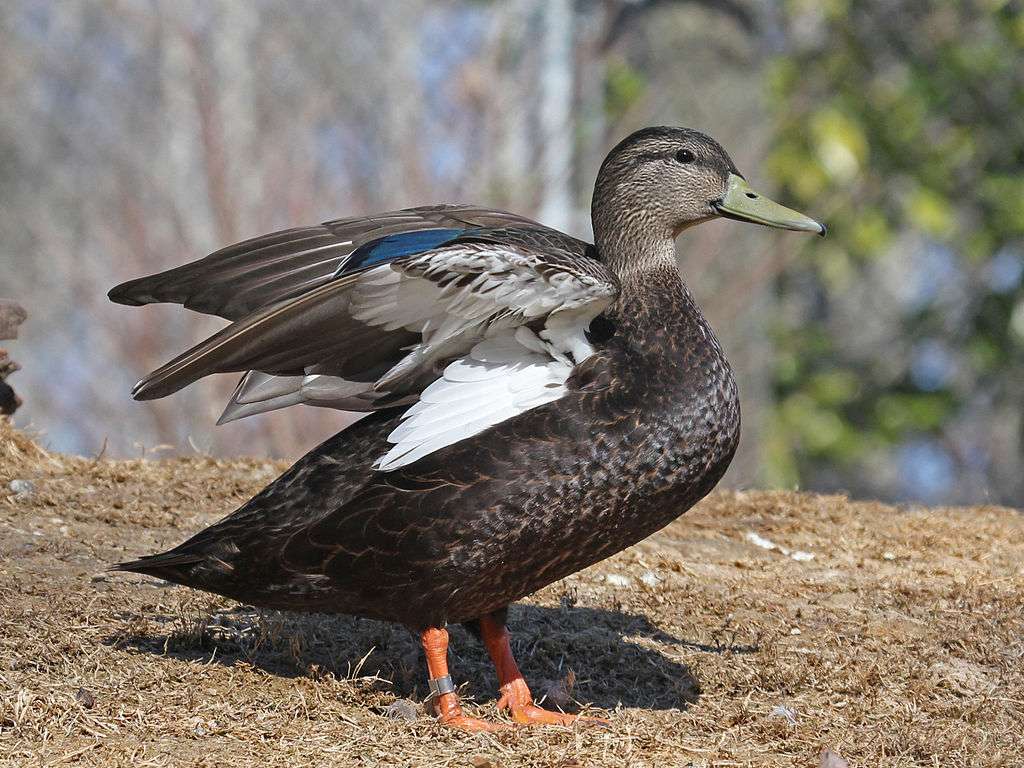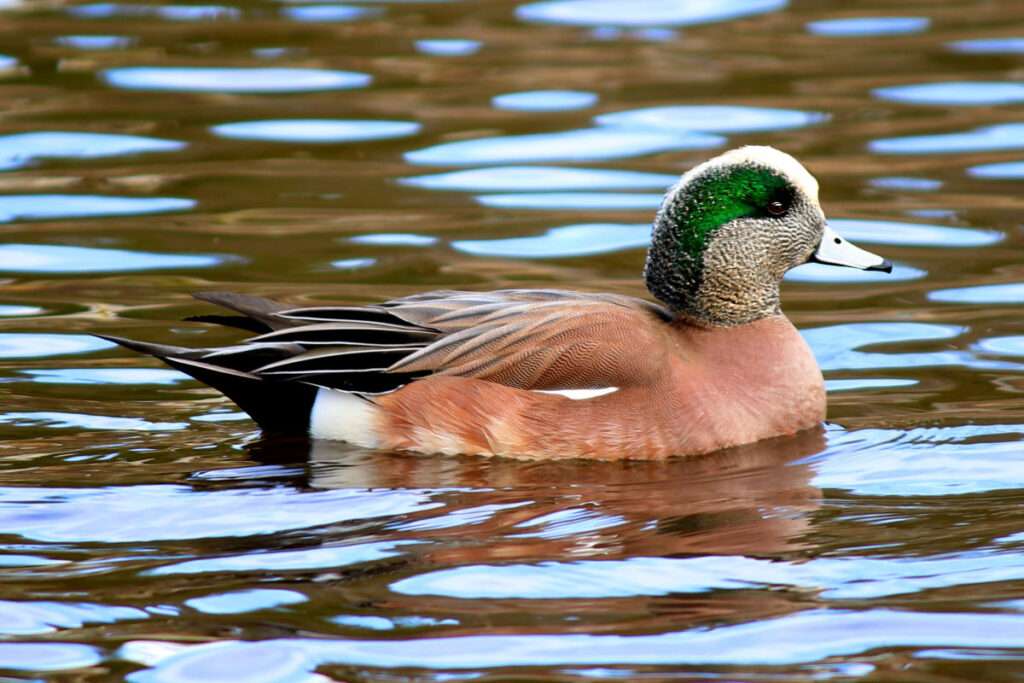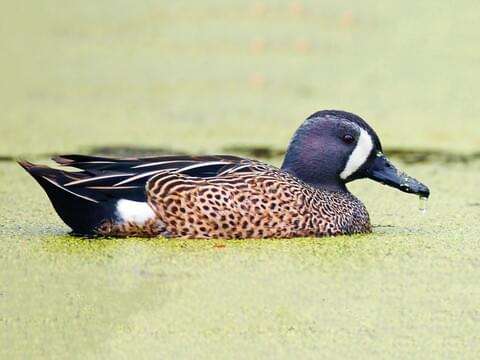
The western regions of North and South America are home to the cinnamon teal (Spatula cyanoptera), a species of duck. It is a plant-eating animal that inhabits marshes and ponds.
Fun Facts
- The cinnamon teal dabs at the water’s surface for food. It tilts its body while dipping its head. It might emerge from the water at night to search for acorns, grains, and seeds.
- Ducklings are camouflaged in the vegetation that surrounds the lake. When an adult feels danger, it gives a “broken wing” display to frighten off any potential predators before taking off.
- The male of these ducks occasionally emits a low chattering sound, and the female quacks.
Description
Male cinnamon teal have reddish-cinnamon colored bellies, necks, and heads. They feature a white stripe dividing a bluish shoulder patch from an iridescent green speculum. The under tail coverts are black, whereas the back, rump, upper tail coverts, and tail are all a drab brown color. They have a striking black bill, yellow legs and feet, and a red eye. Female cinnamon teal and female blue-winged teal are frequently confused. They are more extensively streaked, have a rustier color overall, and a duller blue shoulder patch.

Predators
Numerous mammals (cats, dogs, foxes, and raccoons), as well as crows, ravens, gulls, and magpies, are among the many predators found in Cinnamon Teal. Cinnamon Teal is a victim of other duck species’ brood parasitism, but it is also a victim of other ducks.
Diet
Mostly seeds for food Seeds from plants including pondweed, sedges, grasses, and smartweeds are included in the diet. Eats small crustaceans, insects, and snails as well. In one study, migrants ate more animal matter (mostly insects) in the spring and more seeds and other plant material in the fall.
Habitat
Freshwater ponds and marshes Favors deep marshes, shallow lakes, or alkaline environments. Typically not in salt marshes along the coast. Any little pond or reservoir might serve as a resting place for migrating birds. More diverse ecosystems may be used by South American races.
As Pet
Being a wild species of duck, cinnamon teals are not suited as pets for any of its subspecies. Since these birds are known to travel between different habitats virtually every other day and to have unique environmental requirements, cinnamon teals are not suitable as family pets. Additionally, they prefer scrounging for food rather than being fed.
Table





